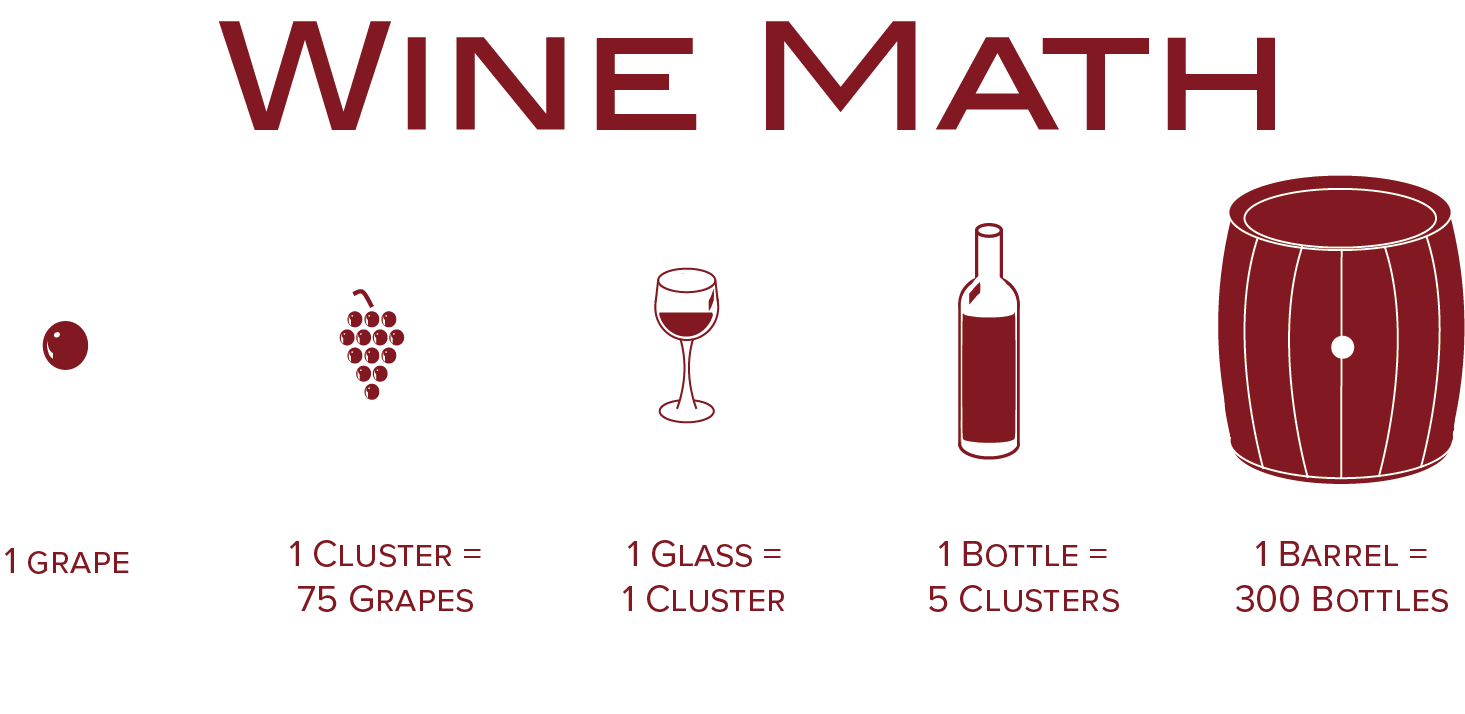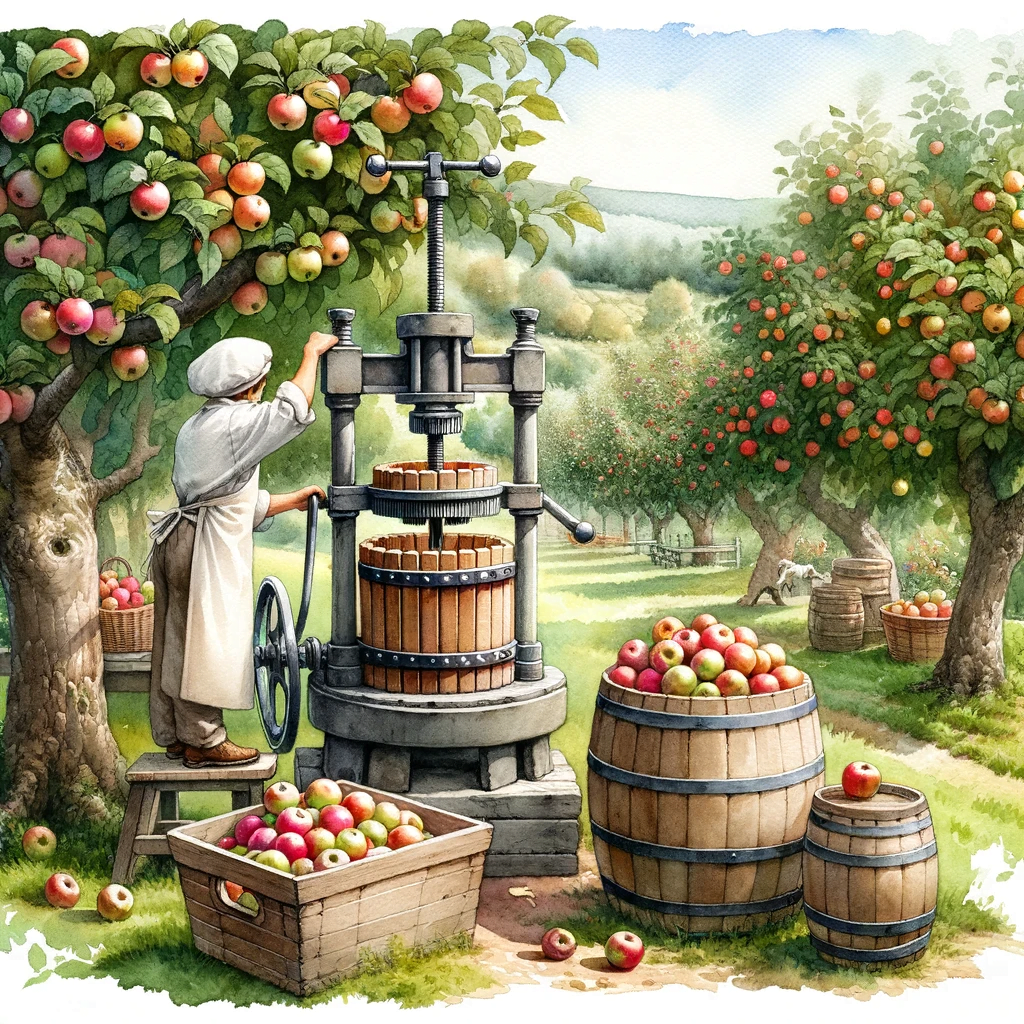In this informative article, you will discover a simple yet effective guide on how to determine the ripeness of cherries. Now more than ever, it is crucial to know the signs of a genuinely ripe cherry, as the market often swarms with imitations. By following these expert tips, you will be equipped with the knowledge to confidently select only the juiciest and most flavorful cherries available. So, whether you are a chef searching for the perfect ingredients or a cherry enthusiast looking to savor the taste of summer, read on to unravel the secrets of identifying ripe cherries.
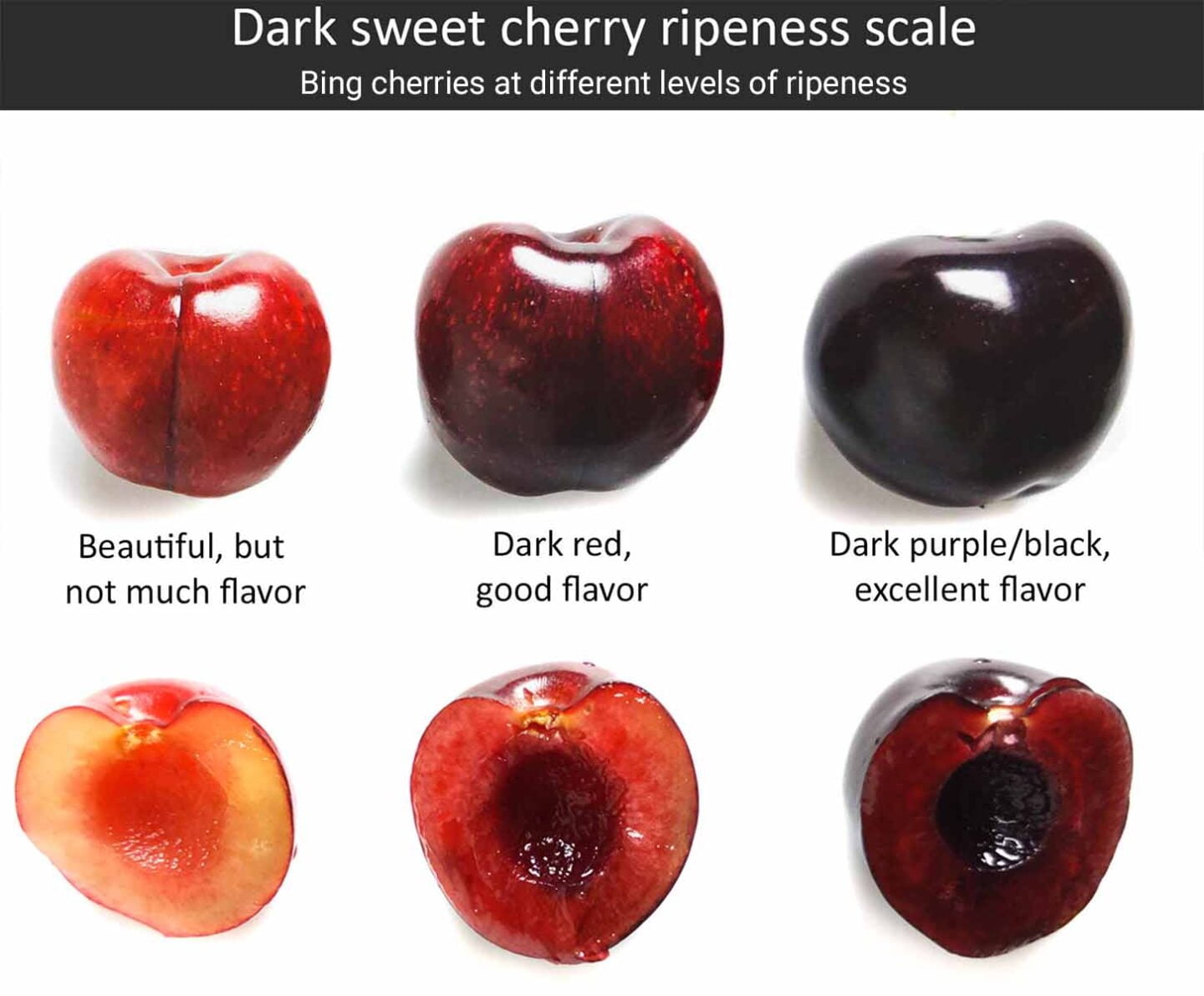
Color
Color of the cherries
When it comes to assessing the ripeness of a cherry, color is a crucial factor. Ripe cherries typically exhibit a deep, vibrant hue that corresponds to their specific variety. For instance, Bing cherries boast a glossy deep red shade, while Rainier cherries display a pale, yellowish color with a pink blush. However, it is important to note that cherries can come in various shades, so it is essential to be familiar with the specific variety you are dealing with. As the cherries ripen, they start to develop an even and intense coloration, indicating that they are ready to be enjoyed.
Consistency of color
Not only should the cherries have an appropriate color, but the consistency of the color across the fruit is also significant. Ripe cherries should have a uniform coloration, without any noticeable variations or patches of lighter or darker shades. This uniformity ensures that the cherries have ripened evenly and have reached their optimal sweetness and flavor. Avoid cherries with discoloration or spots, as these could indicate spoilage or under-ripeness.
Size
Average size of ripe cherries
Another indicator of ripe cherries is their size. While cherry varieties differ in terms of their average size, ripe cherries within a specific variety should generally exhibit a consistent size. This means that they should not be excessively small or large. Instead, they should fall within the average range for that particular type of cherry. By selecting cherries that are of the appropriate size, you can ensure that you are enjoying a fruit that has matured fully and is ready to be savored.
Uniformity in size
In addition to the average size, it is also essential to consider the uniformity of the cherries’ size when determining their ripeness. Ripe cherries should have a similar size across the entire batch. Deviations in size could indicate uneven ripening or potential issues during growth and development. Opting for cherries that are relatively uniform in size ensures a consistent eating experience and guarantees that you are selecting high-quality fruits.
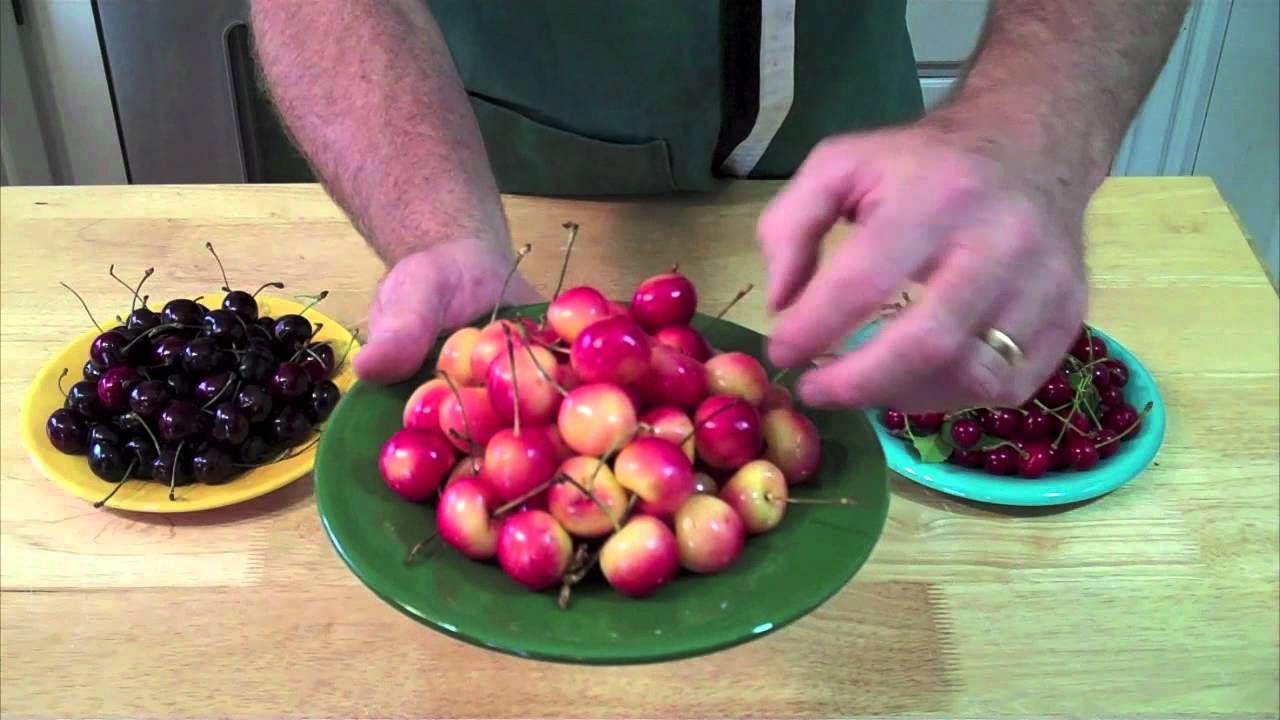
Firmness
Texture of the cherry skin
Evaluating the firmness of cherry skin is an excellent way to assess their ripeness. Ripe cherries should have a smooth and taut skin, indicating that the fruit has developed fully and is packed with juiciness. Gently press your fingers against the cherry’s skin. It should offer slight resistance but not be overly soft or mushy. A firm skin suggests that the cherries have reached their peak ripeness and will deliver a pleasant texture when consumed.
Resistance to pressure
When checking the ripeness of cherries, you should also consider their resistance to pressure. Gently squeeze the cherry between your fingers, applying a slight amount of force. Ripe cherries should exhibit a slight give, indicating that they are tender and bursting with juice. However, be cautious not to exert too much pressure as it could lead to bruising or damaging the fruit. Cherries that are excessively hard or do not yield to pressure may still need additional time to ripen fully.
Stem
Stem color
The color of the stem can provide valuable insight into the ripeness of cherries. Ripe cherries typically have green stems, indicating their freshness and optimal ripening. A vibrant, green stem suggests that the cherries were harvested at the right moment, ensuring their optimal flavor and juiciness. On the other hand, if the stem appears dry, brown, or shriveled, it may indicate that the cherries are past their prime and may not deliver the best eating experience.
Ease of removal
Assessing the ease of removing the stem from the cherry can further confirm their ripeness. Ripe cherries should have the stem easily detach from the fruit when gently pulled, without requiring excessive force or causing damage. If the stem remains firmly attached or if the cherry flesh separates from the stem, it could suggest that the cherries are not fully ripe or may have started to deteriorate. Therefore, it is essential to select cherries with stems that detach effortlessly for a superior eating experience.
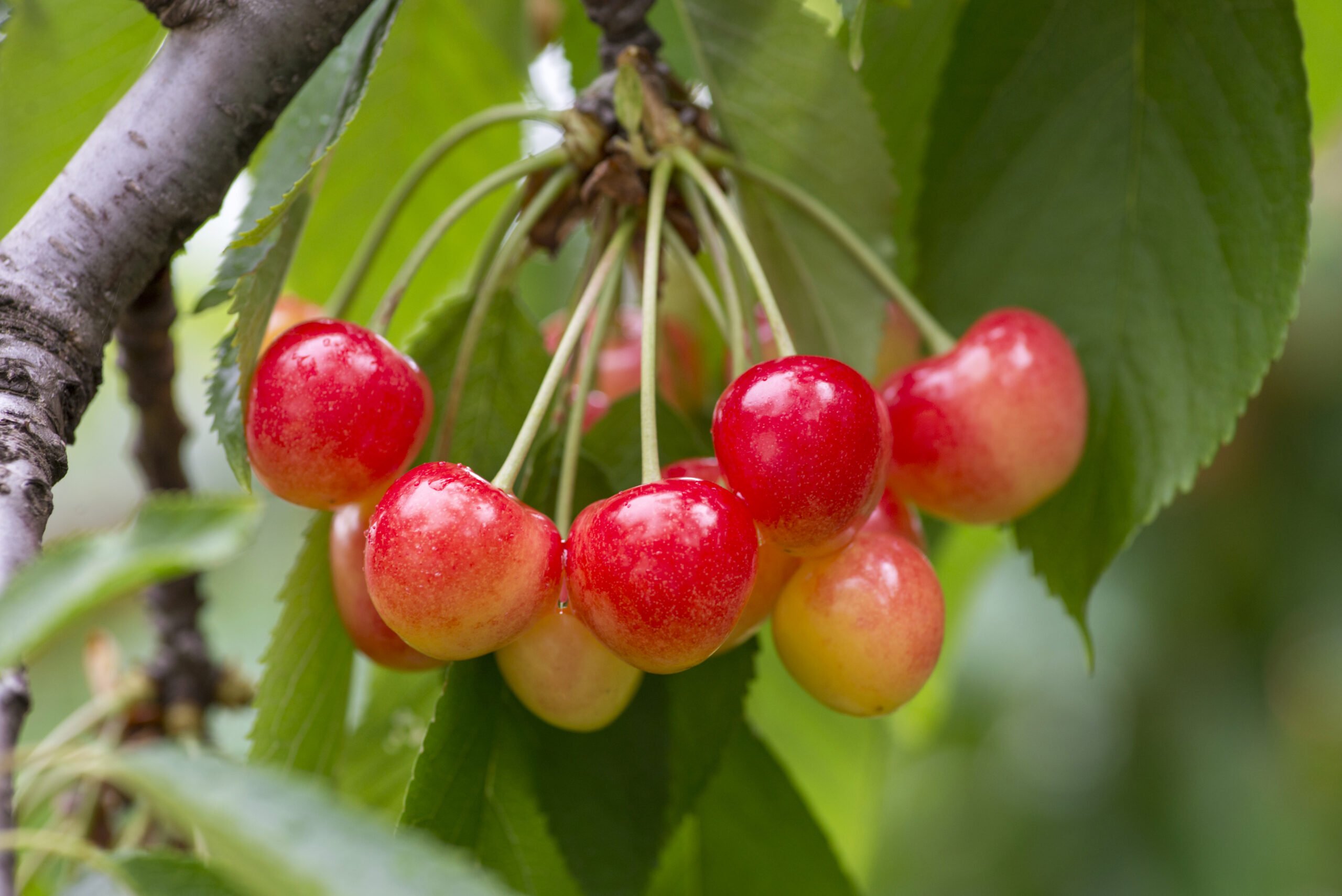
Taste
Sweetness
Arguably the most important aspect of cherry ripeness is their sweetness. Ripe cherries should have a delightful and pronounced sweetness that tantalizes your taste buds. The sugar content within the fruit increases as the cherries ripen, resulting in a more intense and enjoyable flavor profile. When biting into a ripe cherry, you should experience a burst of natural sweetness that is both refreshing and satisfying. Avoid cherries that taste excessively tart or lack the characteristic sweetness, as these may not have reached their optimal ripeness.
Flavor intensity
Apart from sweetness, the intensity of the cherry’s flavor is another crucial element to consider when determining their ripeness. Ripe cherries should offer a robust and well-rounded flavor, showcasing the distinct notes and nuances that characterize their specific variety. The flavor intensity should be strong without any overpowering bitterness or blandness. Each bite should provide a delightful harmony of flavors that leave a memorable impression. Opt for cherries that deliver an intense and memorable taste experience for maximum enjoyment.
Smell
Aroma of the cherries
The aroma of cherries can often provide valuable clues about their ripeness. Ripe cherries exude a pleasant and inviting fragrance that is distinct to each variety. Take a moment to inhale the cherries’ scent, and you should be greeted with a delightful aroma that hints at their deliciousness. The aroma should be fruity, fresh, and free from any off-putting or sour odors. A strong and enticing aroma indicates that the cherries have ripened fully and will deliver an exceptional sensory experience.
Ripe scent
A ripe scent is another indication that cherries are at their peak ripeness. It is essential to differentiate between the normal fruity aroma and any sour or fermenting smells. Cherries that emit a ripe scent typically have undergone the necessary chemical changes, resulting in heightened sweetness and flavor. On the other hand, any off or unpleasant odors may indicate that the cherries are overripe or spoiled. Therefore, it is crucial to select cherries with a rich and enticing aroma for the best eating experience.
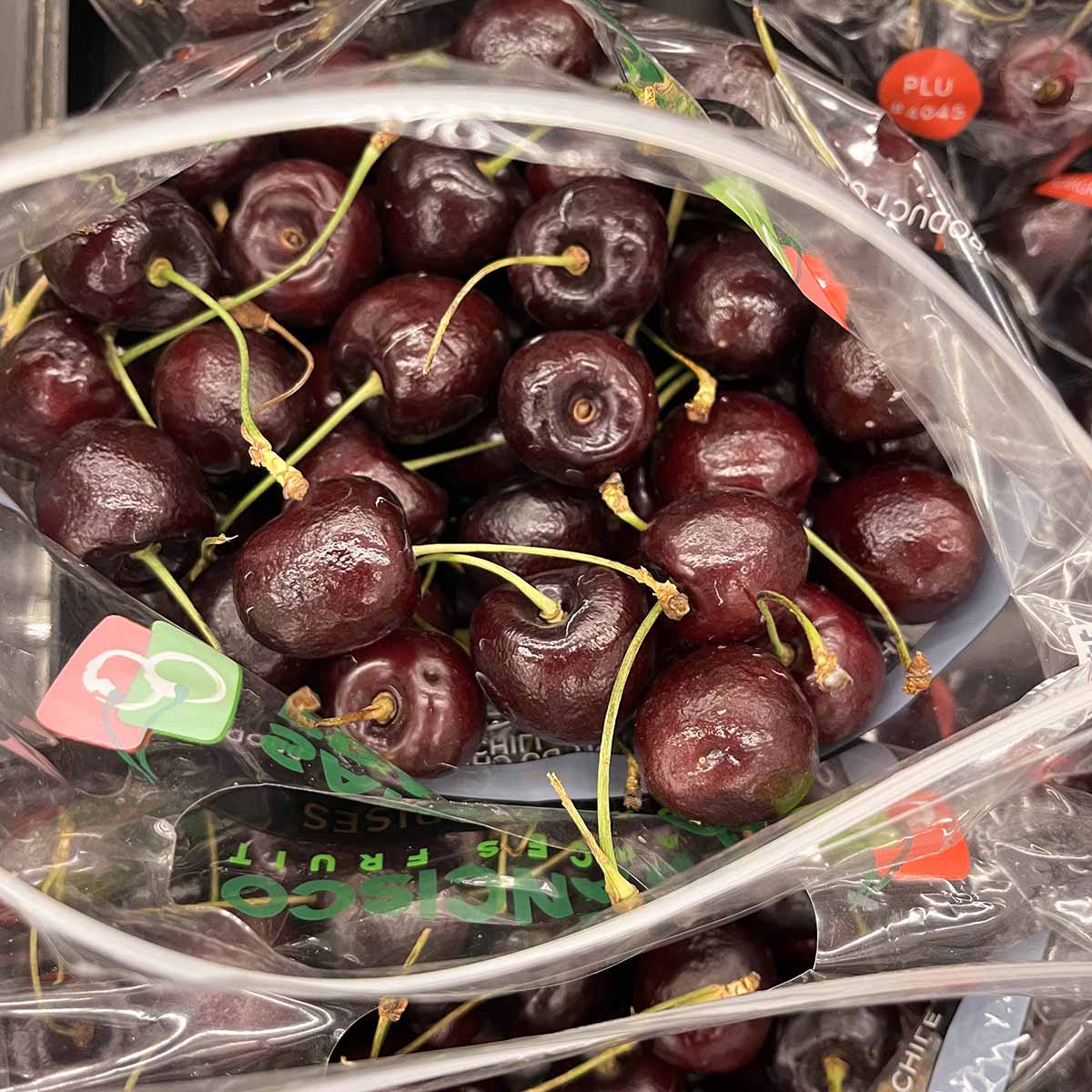
Brix Level
Measure of sugar content
To gain a more precise understanding of the sugar content in cherries, a brix level measurement can be used. Brix level refers to the amount of sugar present in the fruit, typically measured as a percentage. By utilizing a refractometer, which measures the refractive index of a liquid, you can obtain an accurate brix reading and determine the sweetness level of the cherries. Ripe cherries should generally have a brix level between 17 and 25%. Higher brix readings indicate a higher sugar content, resulting in sweeter and more flavorful cherries.
Using a refractometer
Utilizing a refractometer is a simple process that can provide valuable information about the cherries’ sugar content. Start by calibrating the refractometer according to the manufacturer’s instructions. Once calibrated, squeeze a small amount of cherry juice onto the refractometer’s prism surface. Close the cover and look through the eyepiece to read the brix level. Ensure that the cherry juice completely covers the prism to obtain an accurate reading. A higher brix level indicates a higher sugar content, indicating that the cherries have reached their optimal ripeness.
Tenderness
Tenderness of the flesh
To assess the tenderness of cherries, it is essential to consider the texture of their flesh. Ripe cherries should have flesh that is tender and yielding, allowing it to melt in your mouth with each bite. Gently press your finger against the cherry’s flesh – it should feel plump and slightly yielding, indicating a well-ripened fruit. However, be cautious not to apply too much pressure, as it may lead to bruising or damaging the cherries. Tenderness in the fruit’s flesh is a crucial indicator of their ripeness and overall quality.
Softness of the cherry
In addition to tenderness, the softness of cherries is another factor that can help determine their ripeness. Ripe cherries should have a softness that is pleasing to the touch but not overly mushy or squishy. The softness should indicate that the fruit has matured fully and is bursting with juiciness. Gently squeeze a cherry between your fingers – it should yield slightly, allowing you to feel the plumpness without excessive resistance. Cherries that are excessively firm may still need more time to ripen fully, while overly soft ones may be overripe or on the verge of spoiling.
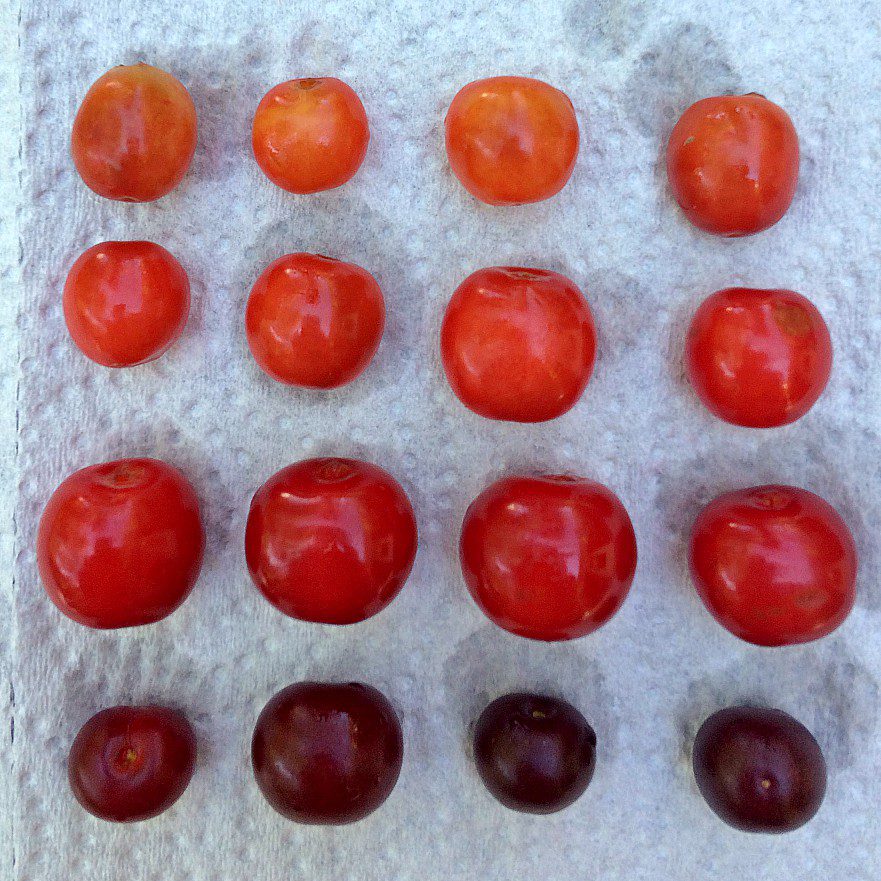
Texture
Smoothness of the skin
Evaluating the texture of the cherry skin is another valuable aspect when determining their ripeness. Ripe cherries should have a smooth and delicate skin that feels pleasant against your fingertips. Run your fingers over the skin’s surface – it should be free from any roughness or blemishes. A smooth texture indicates that the cherries have developed fully without any significant abnormalities. Avoid cherries with rough or wrinkled skin, as these may not have ripened uniformly or may be past their prime.
Presence of wrinkles
On the contrary, the presence of wrinkles on the cherry skin can indicate that the fruit is not fully ripe. Wrinkles often signify dehydration or excessive moisture loss, which can negatively impact the cherry’s flavor and overall quality. Ripe cherries should have smooth skin without any prominent wrinkles or shriveling. However, it is worth noting that certain cherry varieties naturally exhibit slight wrinkles even when fully ripe. In such cases, focus on assessing other ripeness indicators mentioned previously to ensure you are selecting high-quality cherries.
Juiciness
Amount of liquid when bitten into
One of the most enjoyable aspects of eating cherries is their juiciness. When assessing the ripeness of cherries, consider the amount of liquid released when you bite into the fruit. Ripe cherries should be bursting with juice, resulting in a deliciously refreshing experience. Biting into a ripe cherry should release a satisfying amount of liquid, which showcases the fruit’s optimal maturity. However, bear in mind that overly juicy cherries may indicate excessive ripeness or potential issues with texture, so it is essential to find a balance when evaluating their juiciness.
Moisture content
In conjunction with juiciness, the moisture content of cherries can provide valuable information about their ripeness. Ripe cherries should feel moist and succulent when you bite into them, without any dry or mealy texture. The moisture content directly affects the cherries’ flavor and overall eating experience. It is crucial to select cherries that are adequately hydrated, as this ensures that they have fully developed and will provide a delightful burst of refreshment with every bite. Avoid cherries that appear excessively dry, as they may lack the desired juiciness and flavor.

